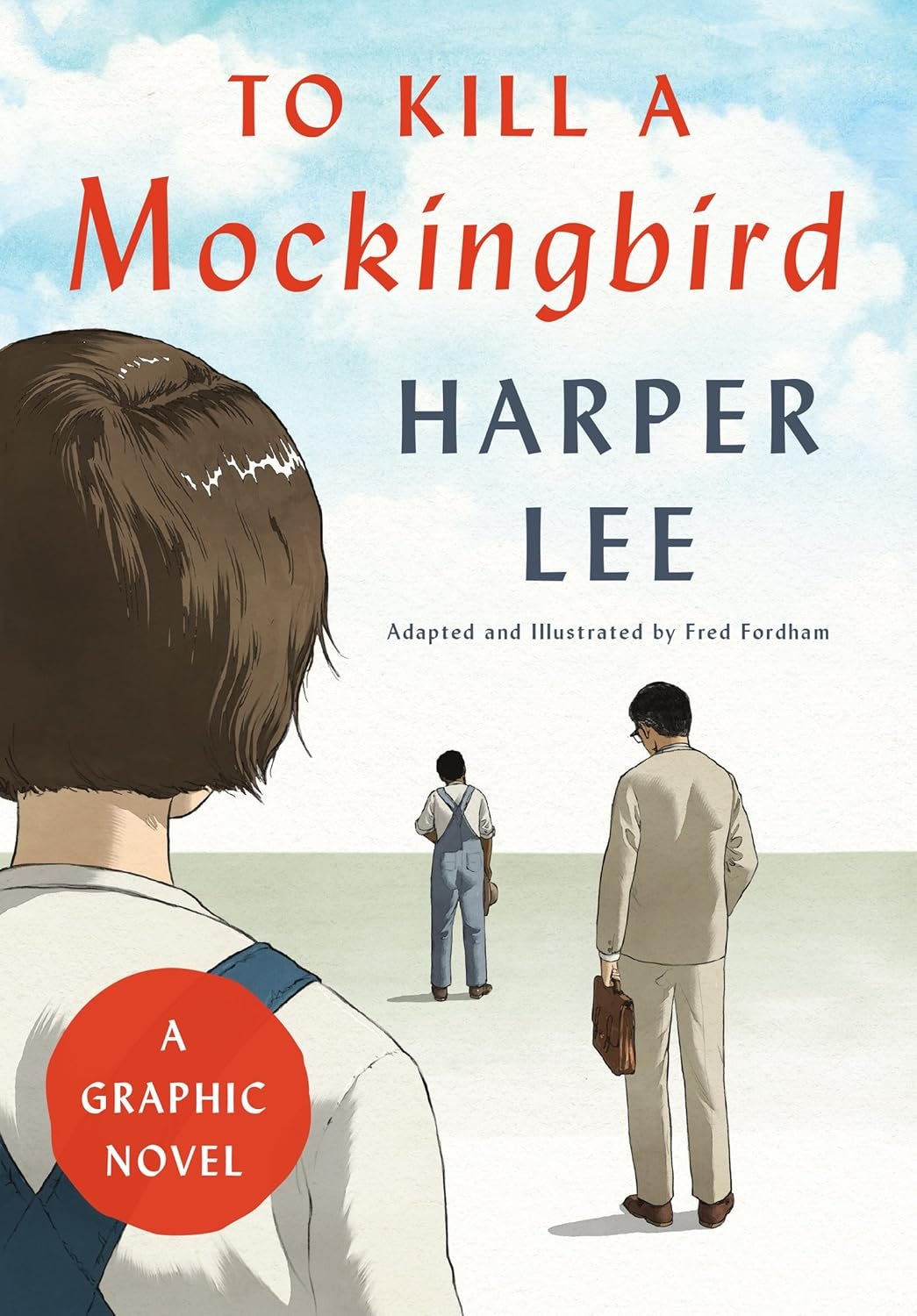Review of To Kill a Mockingbird: A Graphic Novel
When I first picked up To Kill a Mockingbird: A Graphic Novel, I felt a flutter of anticipation. Harper Lee’s original narrative has been a cherished part of my literary journey, and the thought of experiencing Scout, Jem, and Atticus through a fresh lens was undeniably exciting. Illustrated by Fred Fordham, this adaptation breathes new life into the iconic tale, making it accessible for younger audiences while still resonating with those of us who grew up treasuring the book.
At its core, the story remains rooted in themes of race, justice, and the loss of innocence, set against the backdrop of the 1930s Deep South. As I flipped through the pages, I found myself drawn back into the quaint yet complex town of Maycomb, Alabama. Scout’s perspective is vividly captured, from her playful innocence to her profound realizations about human nature. The strength of the narrative is preserved, as Atticus Finch stands resolute in his moral courage, embodying the fight against societal injustices.
The graphic format opens up opportunities for visual storytelling that enhance the narrative. Each panel is thoughtfully crafted, immersing readers in the atmospheric details of the story. I found myself pausing to admire how Fordham’s illustrations reflected emotions and settings, particularly the tenderness of Scout’s interactions with Atticus and the haunting intensity of the trial scenes. The visual elements, paired with the dialogue, create an engaging reading experience that kept even my most distracted friends captivated.
One quote that struck me was Atticus’s reminder: “It’s a sin to kill a mockingbird.” This sentiment weaves through the story as a poignant reminder of innocence and moral responsibility, and seeing it visually rendered brought an added weight to the words. Many readers echo this sentiment, noting how the graphic novel captures the essence of Lee’s message. A specific review from a fellow reader stated, “It stays true to the story but breaks it up into panels and provides illustrations to aid in the storytelling.” This perfectly encapsulates my feelings about the adaptation.
However, I did notice some pacing issues. The narrative doesn’t break down into chapters, which left me occasionally feeling disoriented, especially at key moments. A reviewer pointed this out, and I can see how for some readers, it might impact the overall flow. Yet, I can’t deny that the richness of the illustrations often compensated for these small hiccups.
In conclusion, To Kill a Mockingbird: A Graphic Novel serves as both a beautiful tribute to an American classic and a perfect gateway for new readers. Whether you’re a long-time admirer of Harper Lee’s work or just dipping your toes into this profound story, you’ll find something to resonate with. The graphic novel format not only makes the themes more accessible but also highlights the timeless relevance of Lee’s insights in today’s world. This book would be a delightful addition to anyone’s library and a great companion for classrooms aiming to introduce the complexities of human nature in a visually engaging manner.
If you love engaging visuals and heartfelt storytelling, grab a copy; this graphic novel adaptation is a treasure that deserves its place on your shelf.
You can find To Kill a Mockingbird: A Graphic Novel here >>







